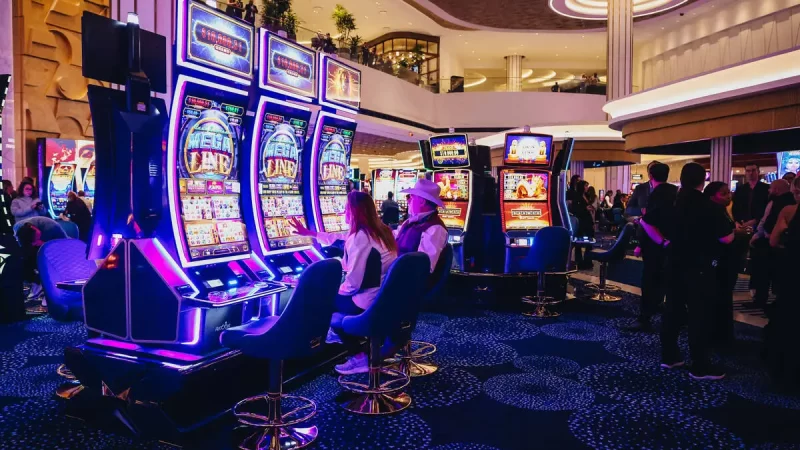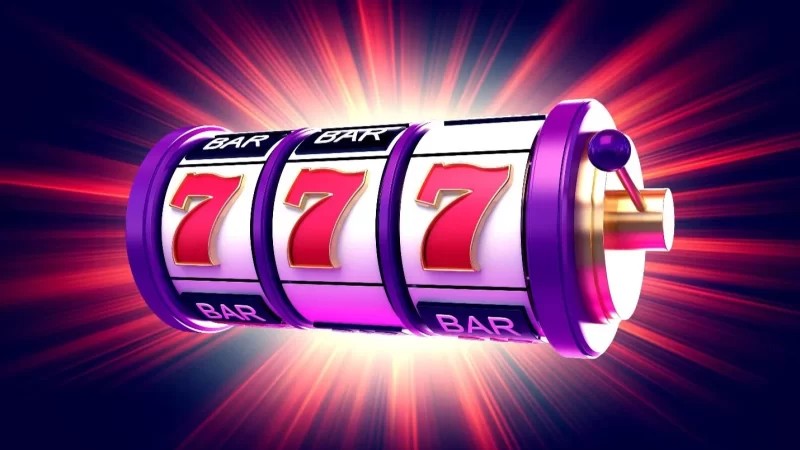Rolling the Cosmic Dice: A Historical Look at Record-Breaking Jackpots and Their Hidden Patterns
The thought is intoxicating, isn’t it? A single ticket, a few dollars, and a life utterly transformed. Record-breaking lottery jackpots feel like cosmic anomalies—random bolts of lightning from a clear sky. But what if we could peek behind the curtain? A historical analysis of these colossal wins reveals something fascinating. While pure chance is the undisputed king, there are subtle rhythms, patterns, and human behaviors that paint a more complex picture.
The Unstoppable Climb: Why Jackpots Are Getting So Big
Let’s be clear. The most obvious pattern in jackpot history is their sheer, mind-boggling growth. Decades ago, a $10 million win was front-page news. Today, that’s almost a rounding error. The shift isn’t magic; it’s a direct result of game design. The move from simple lotteries to multi-state powerhouses like Powerball and Mega Millions was a game-changer.
These games created massive player pools across dozens of states. More players mean more tickets sold, which fuels the jackpot faster. And then there’s the odds. Honestly, the odds have been deliberately stretched to astronomical levels. This makes it harder to win, sure, which allows the top prize to roll over, and roll over, and roll over… building a frenzy with each passing draw. It’s a feedback loop of epic proportions.
Peeling Back the Layers: The “When” and “Where” of Big Wins
Okay, so the jackpots are bigger. But is there any pattern to when they hit or where the winning tickets are sold? This is where the data gets really interesting.
The Jackpot Fatigue Phenomenon
Statisticians have noticed something called “jackpot fatigue.” When a prize gets truly enormous—we’re talking in the billion-dollar range—ticket sales don’t increase as much as you’d expect. People, you know, get fatigued. They think, “It’s never going to hit,” or “My one ticket won’t make a difference.” This can actually cause the jackpot to roll over more times than models predict. It’s a psychological pattern as much as a numerical one.
Luck’s Favorite Hangouts
Geographically, some places just seem luckier. But it’s not about the dirt or the water. It’s about volume. Highly populated states with large cities—think California, Florida, New York, and Texas—naturally sell more tickets. More tickets equal a higher probability of selling the golden one.
That said, some smaller states and even specific stores have sold multiple big winners, which feels like more than just a coincidence. Is it a statistical fluke? A lucky charm? Who’s to say. But it certainly creates a powerful lore.
The Numbers Themselves: Do “Lucky” Numbers Exist?
This is the million-dollar—or billion-dollar—question. People love to analyze the winning numbers, looking for a code to crack. The cold, hard truth is that every combination has the exact same, minuscule chance of being drawn. Every single one.
But human nature being what it is, patterns emerge from our choices, not from the machine. For instance:
- Birthdays Rule: Most players choose numbers 31 and under (representing days in a month). This means when the winning numbers are all under 32, the pot is often split between many, many winners.
- Avoiding the Crowd: Conversely, if you pick numbers above 31, you’re playing a smarter, not a luckier, game. You’re drastically reducing the chance you’ll have to share your jackpot if you win. It’s a neat little historical analysis of lottery winners’ strategy, or lack thereof.
- The “Quick Pick” Debate: Roughly 70-80% of big winners are Quick Picks—numbers randomly generated by the terminal. This isn’t because the machine is lucky; it’s because the majority of tickets sold are Quick Picks. The machines aren’t smart; they’re just busy.
A Tale of Two Jackpots: The Biggest Wins in History
Let’s get concrete. Looking at the champions tells a story not just of luck, but of timing and geography.
| Jackpot Amount | Game | Date | Winning Location(s) | Notable Pattern |
| $2.04 Billion | Powerball | Nov 2022 | California | Won after three rollovers past the $1.9B estimate, a classic case of jackpot fatigue delaying the hit. |
| $1.765 Billion | Powerball | Oct 2023 | California | Another massive win in a high-population, lottery-only state. |
| $1.602 Billion | Mega Millions | Aug 2023 | Florida | Won by a single ticket in a state without income tax, a huge financial advantage for the winner. |
| $1.537 Billion | Mega Millions | Oct 2018 | South Carolina | The winner famously remained anonymous, highlighting a growing trend and pain point for winners seeking privacy. |
You see the trends, right? The recent surge into the billions, the dominance of the two big multi-state games, and the recurring lucky locales. It’s not a blueprint for winning, but it is a map of how the landscape has evolved.
Beyond the Win: The Aftermath Pattern
Here’s a pattern that’s less about probability and more about human psychology. A startling number of lottery winners face financial ruin, family disputes, and personal turmoil. It’s a tragic, recurring story arc. This historical pattern of the “lottery curse” isn’t about bad luck; it’s about a sudden, immense wealth shock that most people are utterly unprepared to handle.
The winners who thrive are the ones who break this pattern. They get a team of lawyers and financial advisors, they stay anonymous if possible, and they make a plan. The real win, it seems, isn’t just getting the numbers right—it’s knowing what to do after the confetti settles.
The Final Number: What History Teaches Us
So, after all this, can you game the system? No. Absolutely not. The historical analysis of record-breaking jackpot wins confirms that the core mechanism is, and will always be, random chance. The patterns we see are in the behavior of the games and the players, not in the numbers themselves.
These patterns tell a story of bigger pools, longer odds, and our own fascinating psychological reactions to the dream of instant wealth. They show us that while you can’t predict the lightning strike, you can understand the weather patterns that make the storm possible. In the end, the lottery remains a tax on people who are bad at math… but also a testament to a universal, hopeful, and wonderfully human desire to believe in a miracle. And maybe that’s the most consistent pattern of all.






